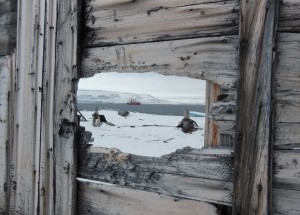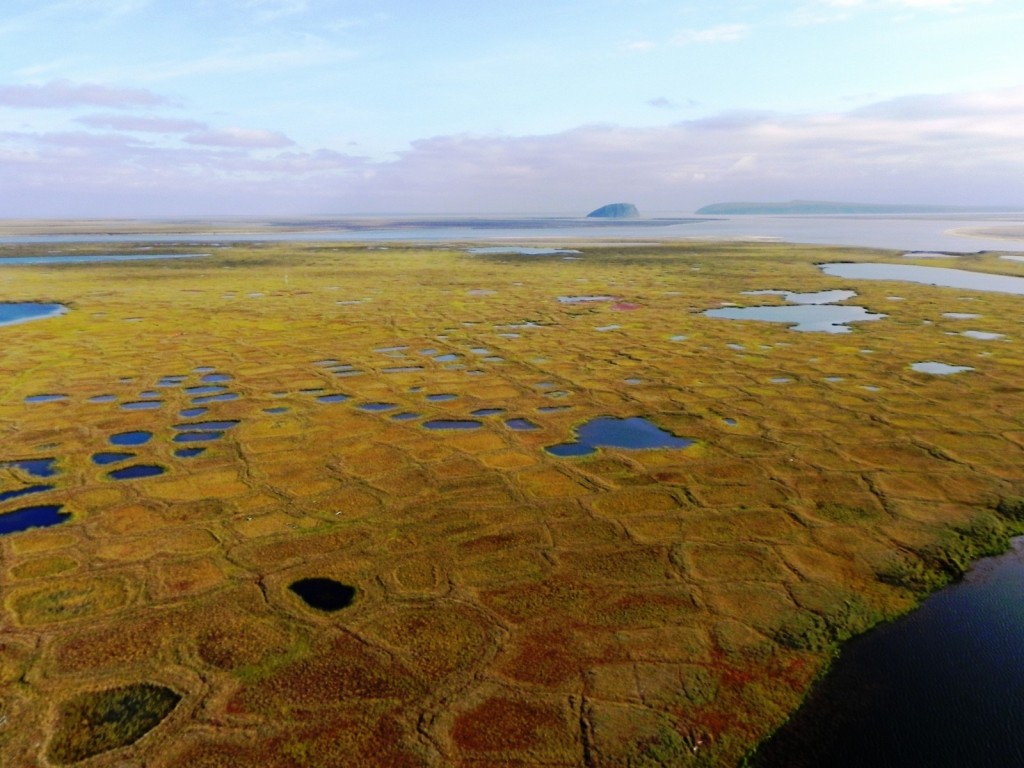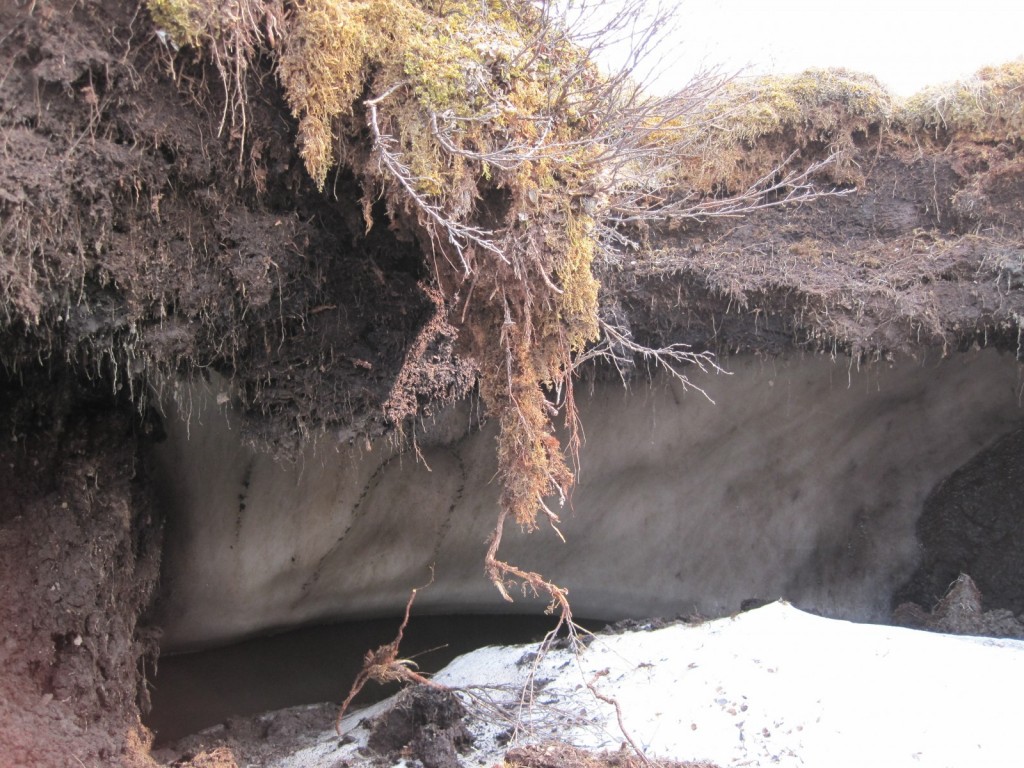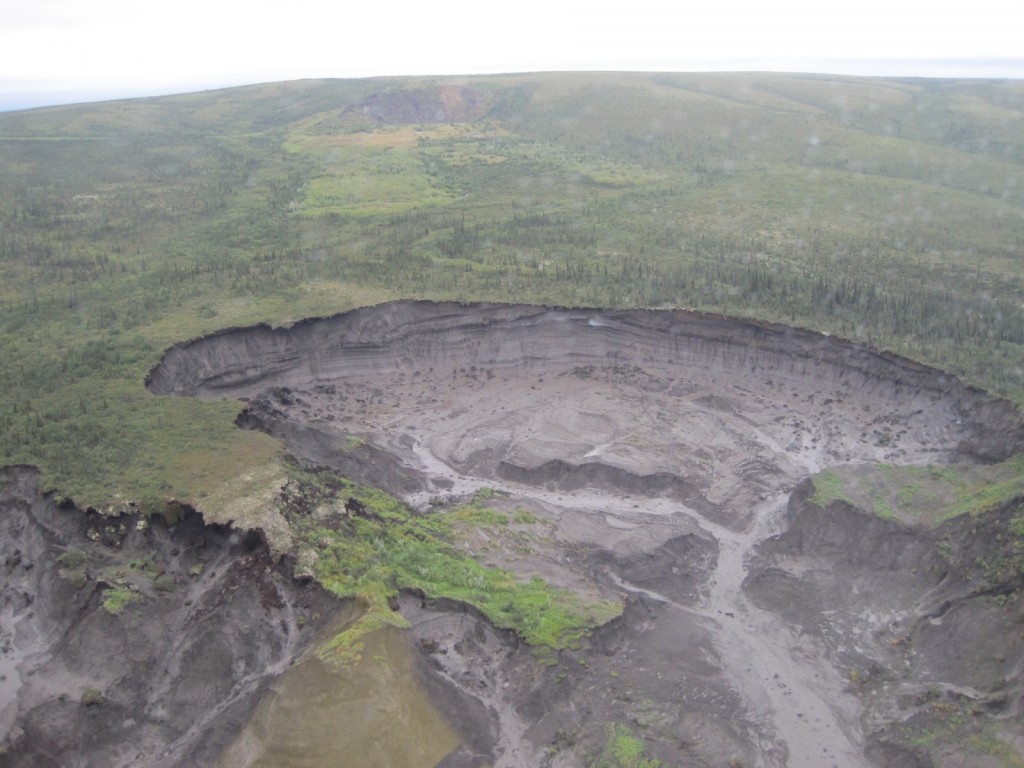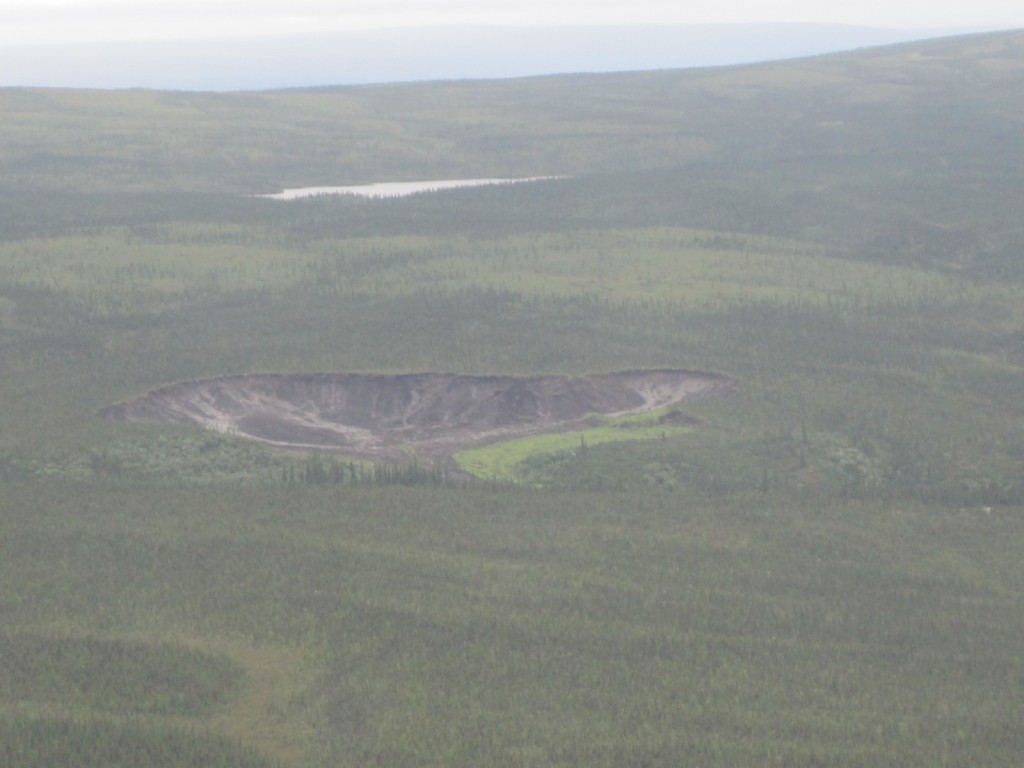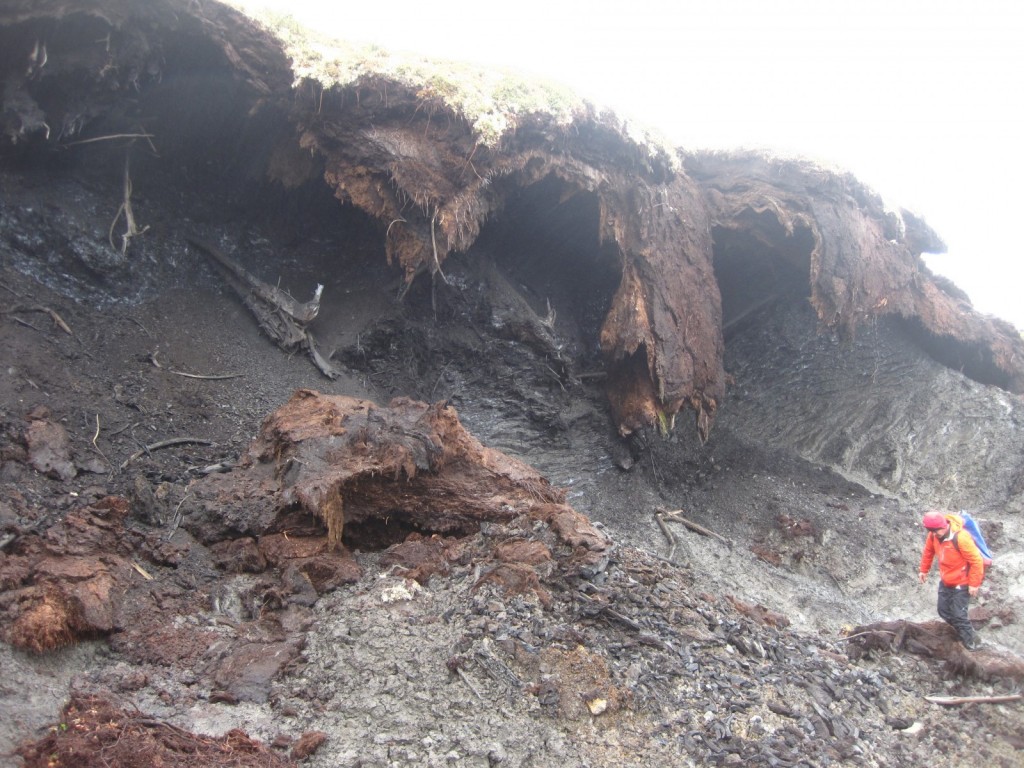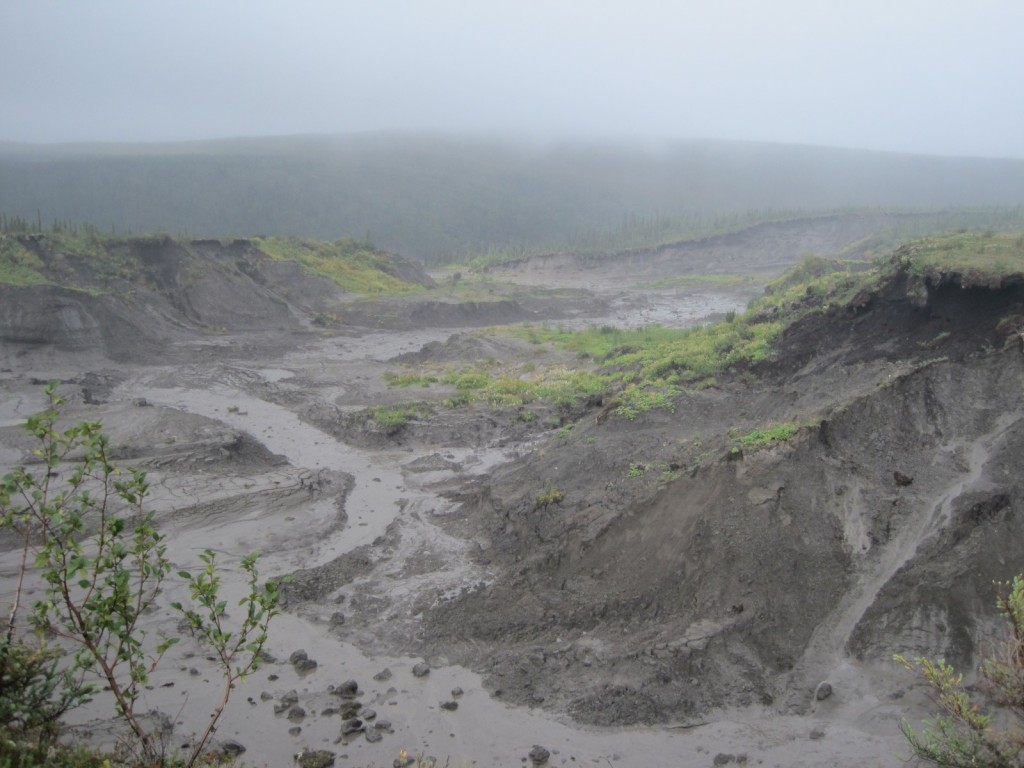This weeks photo is a beautiful yet sad reminder that Arctic research and work is still a dangerous undertaking just as it was for the early Arctic explorers.
The following text is by Vladislav Petrusvich: Canadian research icebreaker CCGS Amundsen by Beechey Island in 2013 after tragic event when a researcher (Klaus Hocheim), captain and a helicopter pilot were killed in a tragic helicopter crash during scientific cruise. Beechey Island is related to ill-fated Franklin expedition that overwintered at the island. The shot is made through the remaining wall of a supply depot used by the search parties looking for disappeared Franklin expedition in 19th century.
Beechey Island is located in the Northwest Passage and was named after the artist on board Capt. William Perry’s Arctic exploration in 1819. Beechey Island was next visited by the Franklin expedition in 1845 as Sir John Franklin’s first winter encampment aboard the HMS Erebus (discovered in 2014) and Terror (not yet found). Recent archaeological investigations by Parks Canada have found three mummufied bodies that had died of lung disease and lead poisoning, which appeared to be from the lead solder used in the canning of food although it now appears that the lead may be from the water distillation system on the ships.

